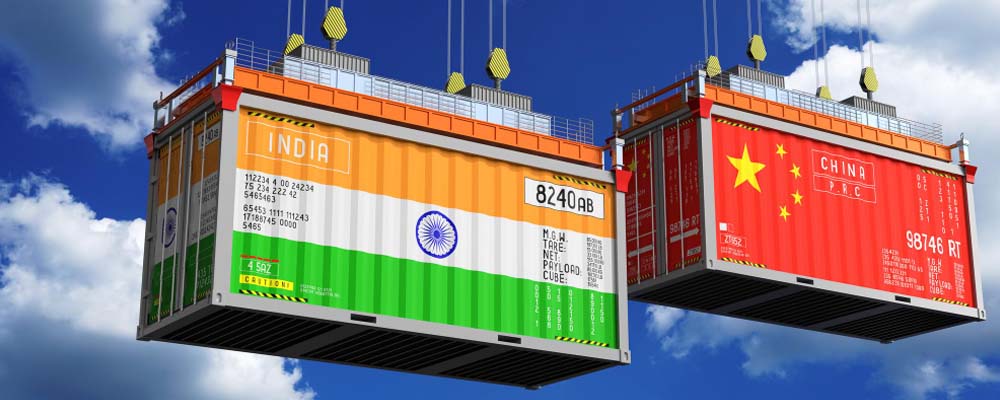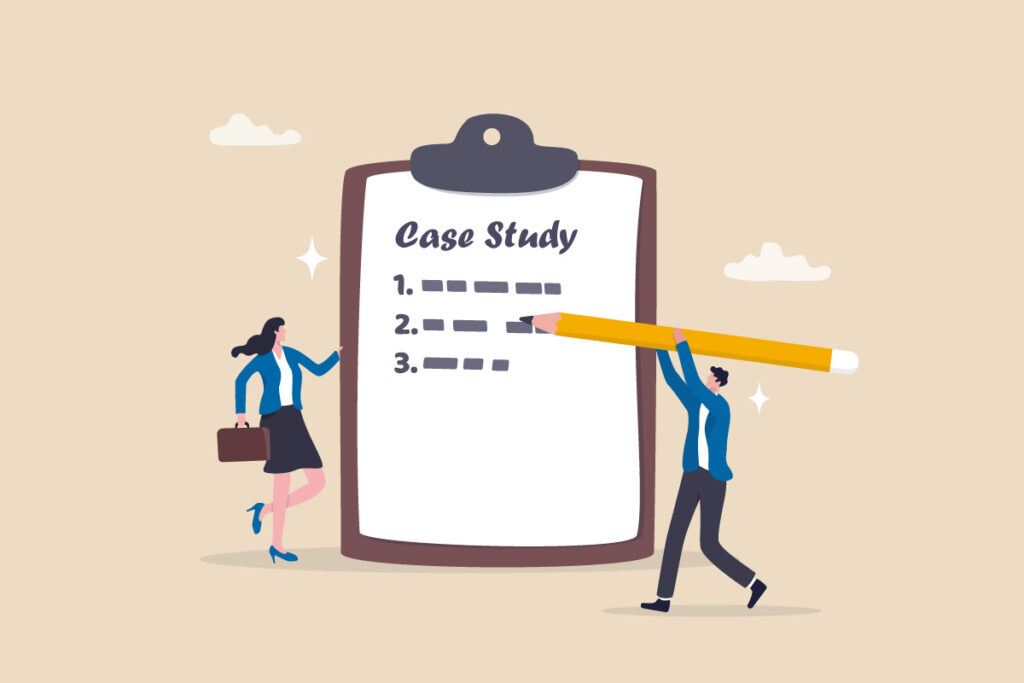- By TOP CHINA FREIGHT
- September 15, 2025
- Shipping
Table of Contents
Shipping freight China to India has become a crucial part of international trade for businesses importing goods from Chinese manufacturers. Companies face challenges such as rising shipping costs, delays at customs, and fluctuating transit times. To minimize risks, reduce costs, and ensure timely delivery, importers must carefully select shipping methods, plan routes, and collaborate with experienced freight forwarders.

What factors affect freight charges from China to India?
Several key factors influence freight charges, including:
Container type:
Full Container Load (FCL) vs Less than Container Load (LCL).
Cargo volume and weight:
Heavy or oversized shipments increase costs.
Port selection:
Congested ports may add handling fees.
Seasonal demand:
Peak shipping periods often bring surcharges.
Fuel and carrier rates:
Fluctuating fuel prices impact overall freight fees.
Table: Influencing Factors on Freight Charges
| Factor | Effect on Cost |
|---|---|
| Container Type | FCL cheaper per unit than LCL |
| Cargo Weight/Volume | Larger shipments incur higher charges |
| Port Selection | Congestion increases fees |
| Seasonal Demand | Peak periods add surcharges |
| Fuel & Carrier Rates | Volatile fuel prices raise costs |
How much does shipping freight from China to India cost?

Costs depend on shipment type, cargo volume, and port selection:
| Container Type | Estimated Cost (USD) | Transit Time | Notes |
|---|---|---|---|
| 20ft FCL | $1,800–$2,500 | 10–20 days | Ideal for medium shipments |
| 40ft FCL | $3,000–$4,200 | 12–22 days | Suitable for large-volume cargo |
| LCL per CBM | $40–$75 | 15–25 days | Best for smaller shipments |
Forwarders often provide discounts for regular clients or consolidated shipments.
What are the best shipping methods from China to India?
There are several shipping options:
Sea freight: Cost-effective for bulk shipments; ideal for non-urgent deliveries.
Air freight: Faster transit, suitable for high-value or perishable goods.
Multimodal freight: Combines sea, air, and trucking for efficiency and cost balance.
Table: Shipping Method Comparison
| Method | Cost | Transit Time | Pros | Cons |
|---|---|---|---|---|
| Sea Freight | Low | 10–25 days | Cost-effective, bulk shipments | Slower than air |
| Air Freight | High | 3–7 days | Fast, secure | Expensive, limited volume |
| Multimodal | Medium | 7–20 days | Balanced, flexible | Complex logistics |
Should I choose FCL or LCL for China-India shipments?

FCL (Full Container Load):
- Preferred for high-volume shipments.
- Lower cost per unit and fewer handling risks.
- Faster transit as cargo is shipped directly.
LCL (Less than Container Load):
- Suitable for small-volume shipments.
- Costs calculated per cubic meter.
- May involve longer transit due to consolidation.
Table: FCL vs LCL
| Feature | FCL | LCL |
|---|---|---|
| Cost | Lower per unit | Higher per unit |
| Transit Time | Faster | Slightly slower |
| Security | High | Moderate |
| Volume Requirement | Full container | Partial shipment |
How do ports and routes impact freight costs?
Port choice affects both cost and delivery time:
- Major Indian ports: Mumbai, Chennai, Kolkata, and Nhava Sheva provide advanced handling and lower charges.
- Remote or smaller ports: May increase costs due to limited infrastructure.
- Direct routes vs transshipment: Direct routes reduce handling, lower transit time, and minimize risk of cargo damage.
What documentation is required for China to India freight?

Smooth customs clearance requires accurate documentation:
| Document | Purpose |
|---|---|
| Bill of Lading (B/L) | Proof of shipment |
| Commercial Invoice | Declares product value |
| Packing List | Lists cargo weight and dimensions |
| Certificate of Origin | For tariff and compliance purposes |
| Import License | Required for restricted goods |
| Customs Declaration | Details for Indian customs |
How can importers reduce freight charges from China to India?
Use freight brokers for competitive pricing.
Combine multiple LCL shipments into FCL containers.
Ship outside peak seasons to avoid surcharges.
Reduce volumetric weight to lower costs.
Use well-equipped major ports for reduced handling fees.
How long does freight from China to India take?
Transit depends on shipment type and route:
| Destination Port | Transit Time | Notes |
|---|---|---|
| Mumbai | 10–20 days | Major West Coast port |
| Chennai | 12–22 days | Key South India hub |
| Kolkata | 14–24 days | East Coast gateway |
| Inland destinations | 15–28 days | Requires trucking from port |
Case Study: Electronics Importer Optimizes Freight

A tech retailer importing electronics from Shenzhen to Mumbai faced high LCL costs and frequent delays. By switching to FCL shipments, shipping outside peak season, and using direct lines, the retailer reduced freight charges by 25% and improved delivery reliability.
How to choose the right freight forwarder for China-India shipping?
Key considerations:
- Expertise with China-India routes
- Transparent pricing and no hidden fees
- Customs clearance support
- Real-time shipment tracking
- Access to multiple carriers for flexibility
A trusted freight forwarder ensures timely, cost-effective, and secure shipping.
Conclusion
Shipping freight China to India requires careful selection of containers, ports, routes, and proper documentation. Partnering with an experienced freight forwarder minimizes costs, reduces transit times, and ensures a reliable supply chain.
Need a Shipping Quote?
If you want expert guidance and peace of mind, our team is ready to assist.
TJ China Freight offers tailored solutions to help businesses of all sizes ship more reliably from China.

FAQ
Q1:How are freight charges from China to India calculated?
Charges depend on container type, cargo volume, port fees, fuel surcharges, and carrier rates. Forwarders provide detailed quotes for accurate cost planning.
Q2:Is FCL better than LCL for large shipments?
Yes. FCL offers lower per-unit costs, faster transit, and reduced handling risks, making it suitable for high-volume shipments.
Q3:How long does sea freight from China to India take?
Transit typically ranges from 10–28 days depending on port, shipment type, and route. Inland delivery may extend the timeline.
Q4:Can shipping off-peak reduce costs?
Yes. Shipping outside peak periods avoids surcharges, reduces congestion, and ensures more predictable delivery schedules.
Q5:Are freight charges inclusive of customs duties?
No. Freight charges cover transportation only. Customs duties, taxes, and port fees are separate and handled by a forwarder.
